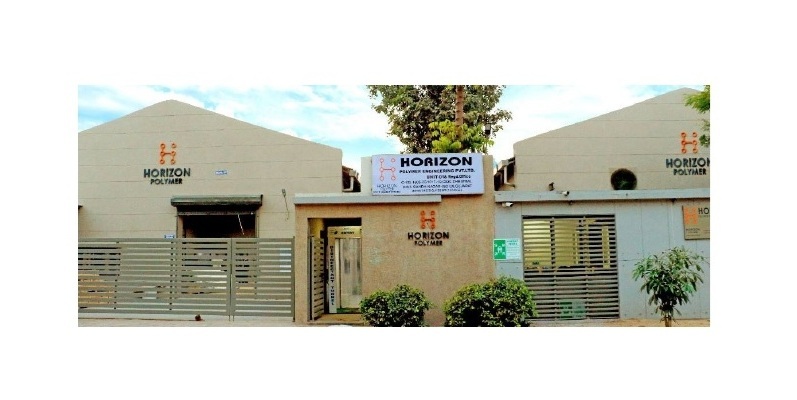Schedule a Call Back
Liquid Ring Vacuum Pump
Liquid Ring Vacuum Pump
Acme Air Equipments Company offer a robust, efficient and easy to maintain pump. AEC AV series pumps and liquid ring vacuum compressors are rotary machines in which liquid is made to act as piston.
- A balanced cylindrical rotor with hollow hub and a series of curved blades projecting radially, turns freely in a cylindrical casing which is large in diameter than the rotor; the blades of the rotor are enclosed at the sides thus forming a series of buckets, open at the bottom into the hollow center
- In liquid ring vacuum pump operation the casing contains sufficient, usually water (in water ring vacuum pump), which when carried around the periphery of the casing by the rotor blades, forms a solid ring of inside the casing, due to centrifugal force, since the rotor is smaller in diameter than the casing and rotates on a center eccentric to that of the casing, the rotor buckets will be partially empty
- The alternatively entering and leaving the rotor buckets at high speed constitutes a series of liquid piston that surge in rapid succession in and out of the rotor buckets; air enters through the inlet ports of the cone which are located at the point where the surges away form the rotor (A) and into the casing
- Discharge ports are at the point in the rotating cycle where they again surges back into the rotor buckets, permitting the compression and discharge of air; this effect is continuous and is repeated numbers of times per minute, producing an un-interrupted air flow without pulsation/vibration
- When the inlet is connected to closed system and the outlet to atmosphere the machine will draw air and gases form the system discharge into the atmosphere and will act as vacuum pump; when the inlet is connected to the atmosphere and the outlet to a close system the machine will draw air from the atmosphere and discharge into the system and will act as compressor.
















